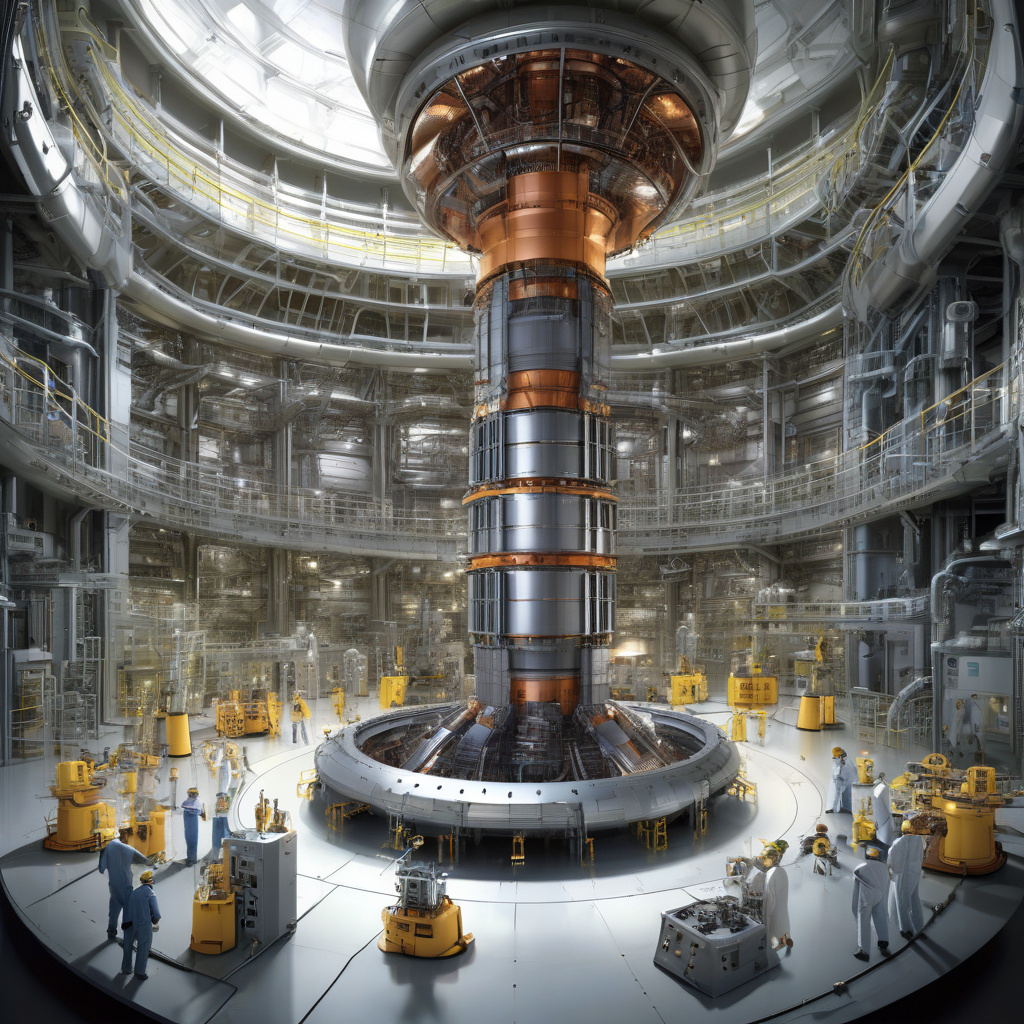World’s Largest Fusion Reactor to Install Spectrometer to Track High-Energy Neutrons
Scientists have almost completed the development of the High Resolution Neutron Spectrometer (HRNS). The system represents a significant leap forward in the field of nuclear fusion research. Recently, it has been announced that this cutting-edge technology will be installed in the world’s largest fusion reactor. This decision marks a groundbreaking advancement in tracking high-energy neutrons, offering invaluable insights into the behavior of plasma in nuclear fusion reactions.
The HRNS is designed to precisely measure the energy and direction of neutrons produced during fusion reactions. Neutrons are a key component of the fusion process, carrying a significant amount of the energy released. Understanding their behavior is crucial for optimizing fusion reactions and ultimately achieving a sustainable form of clean energy. By installing the HRNS in the fusion reactor, scientists will be able to gather real-time data on neutron emissions, providing a detailed look into the complex dynamics of fusion plasmas.
One of the primary challenges in nuclear fusion research has been the limited ability to track and analyze high-energy neutrons. These particles can penetrate materials and cause structural damage over time, posing safety concerns for fusion reactors. The HRNS offers a solution to this problem by allowing scientists to monitor neutron fluxes with unprecedented precision. This capability will not only enhance the safety of fusion reactors but also contribute to the development of more efficient fusion processes.
The decision to integrate the HRNS into the world’s largest fusion reactor underscores the commitment to advancing fusion research on a global scale. The reactor, known for its impressive size and capabilities, serves as a hub for collaboration among international scientists and engineers working towards the common goal of achieving practical fusion energy. By equipping this facility with state-of-the-art instrumentation like the HRNS, researchers are paving the way for significant advancements in the field.
Moreover, the installation of the HRNS holds promise for accelerating the timeline towards commercial fusion energy. By gaining a deeper understanding of neutron behavior and its impact on reactor components, scientists can address key challenges more effectively. This could lead to improved reactor designs, increased efficiency, and ultimately, the realization of fusion power as a viable energy source. The potential of fusion energy to revolutionize the global energy landscape is immense, and the integration of advanced technologies like the HRNS brings us one step closer to making this vision a reality.
In conclusion, the upcoming installation of the High Resolution Neutron Spectrometer in the world’s largest fusion reactor represents a significant milestone in nuclear fusion research. The ability to track high-energy neutrons with unprecedented accuracy will provide valuable insights into fusion plasma behavior and reactor safety. By harnessing the power of cutting-edge technologies like the HRNS, scientists are unlocking new possibilities for achieving practical fusion energy. As we look towards a future powered by clean and sustainable energy sources, innovations in fusion research are paving the way for a brighter tomorrow.
fusion, reactor, spectrometer, neutron, energy











